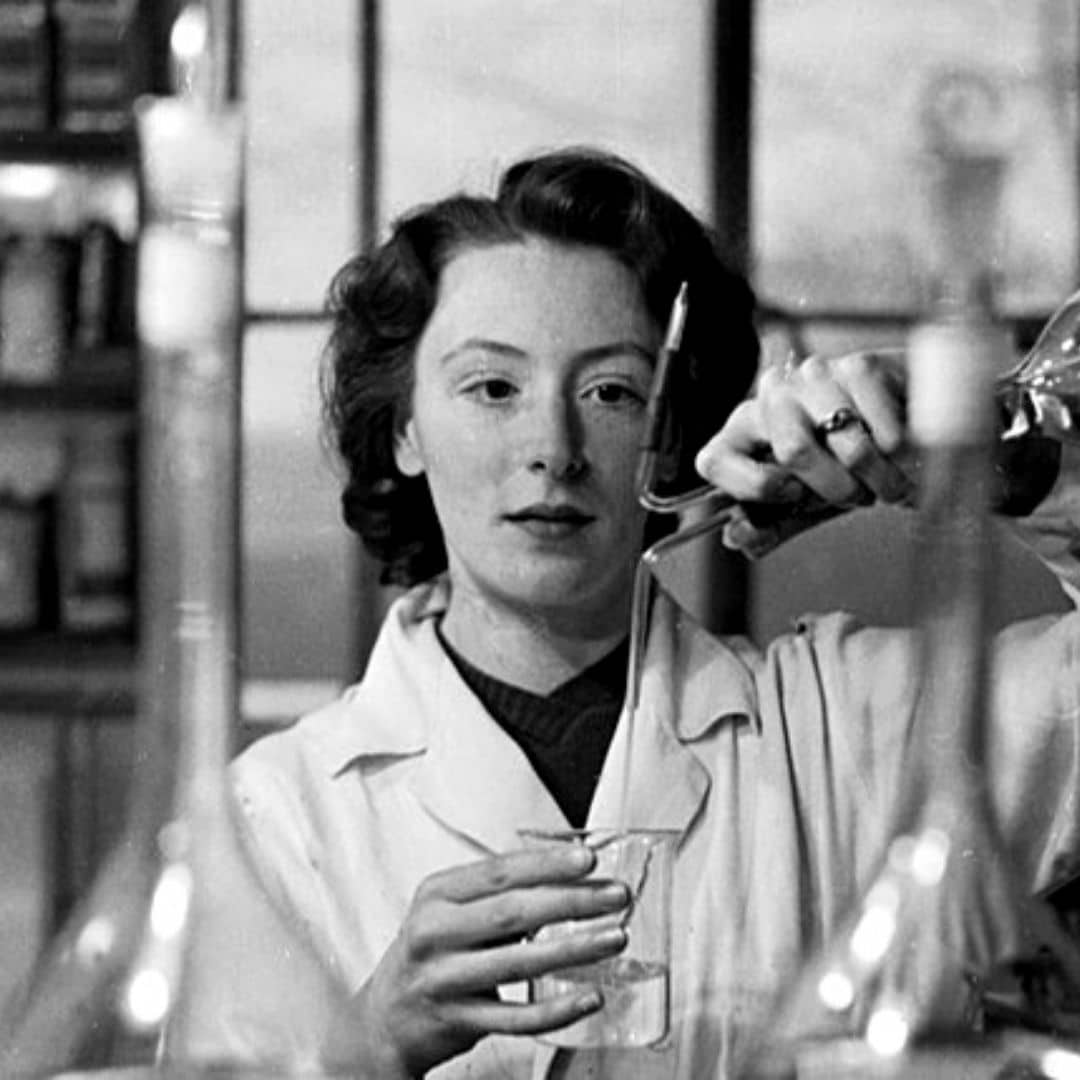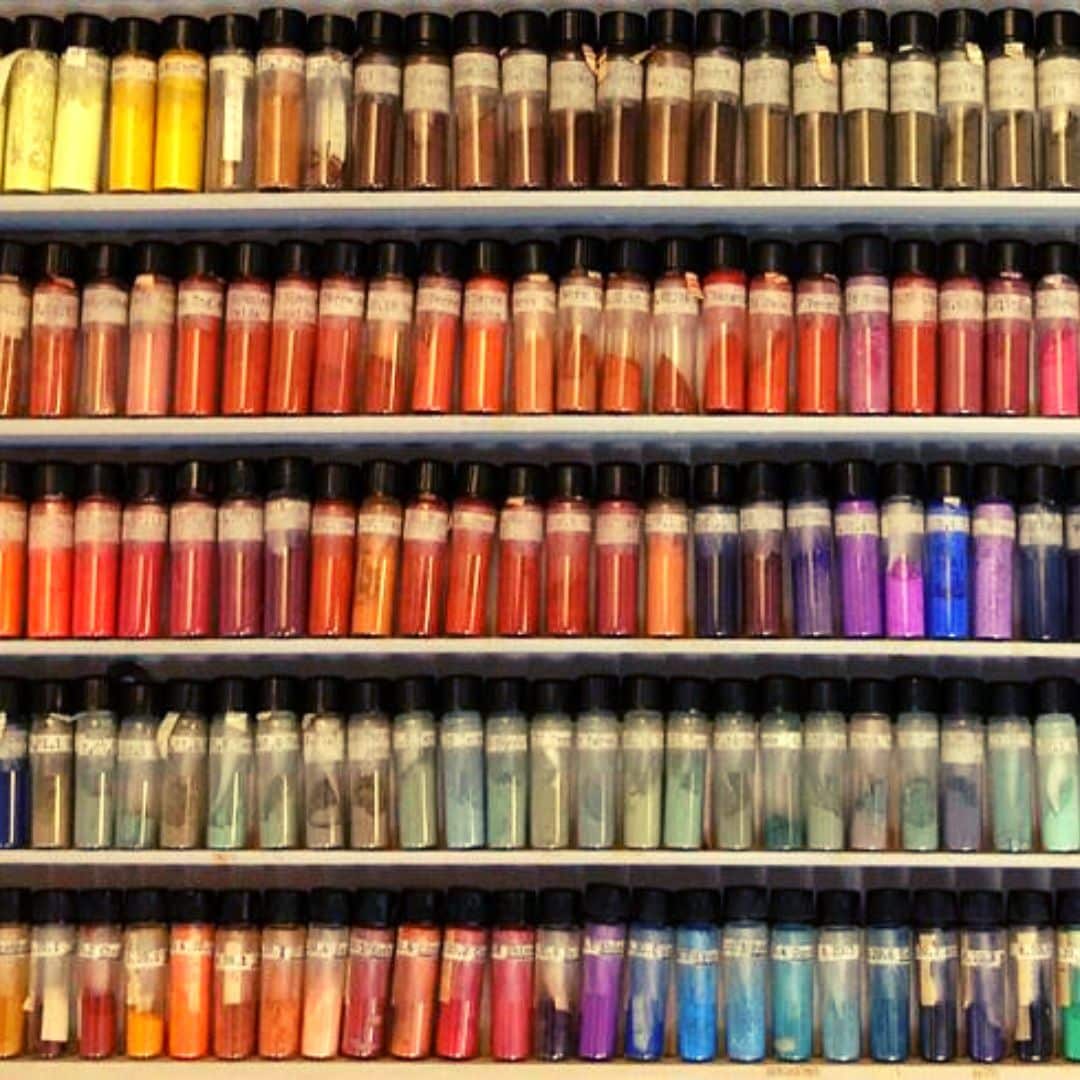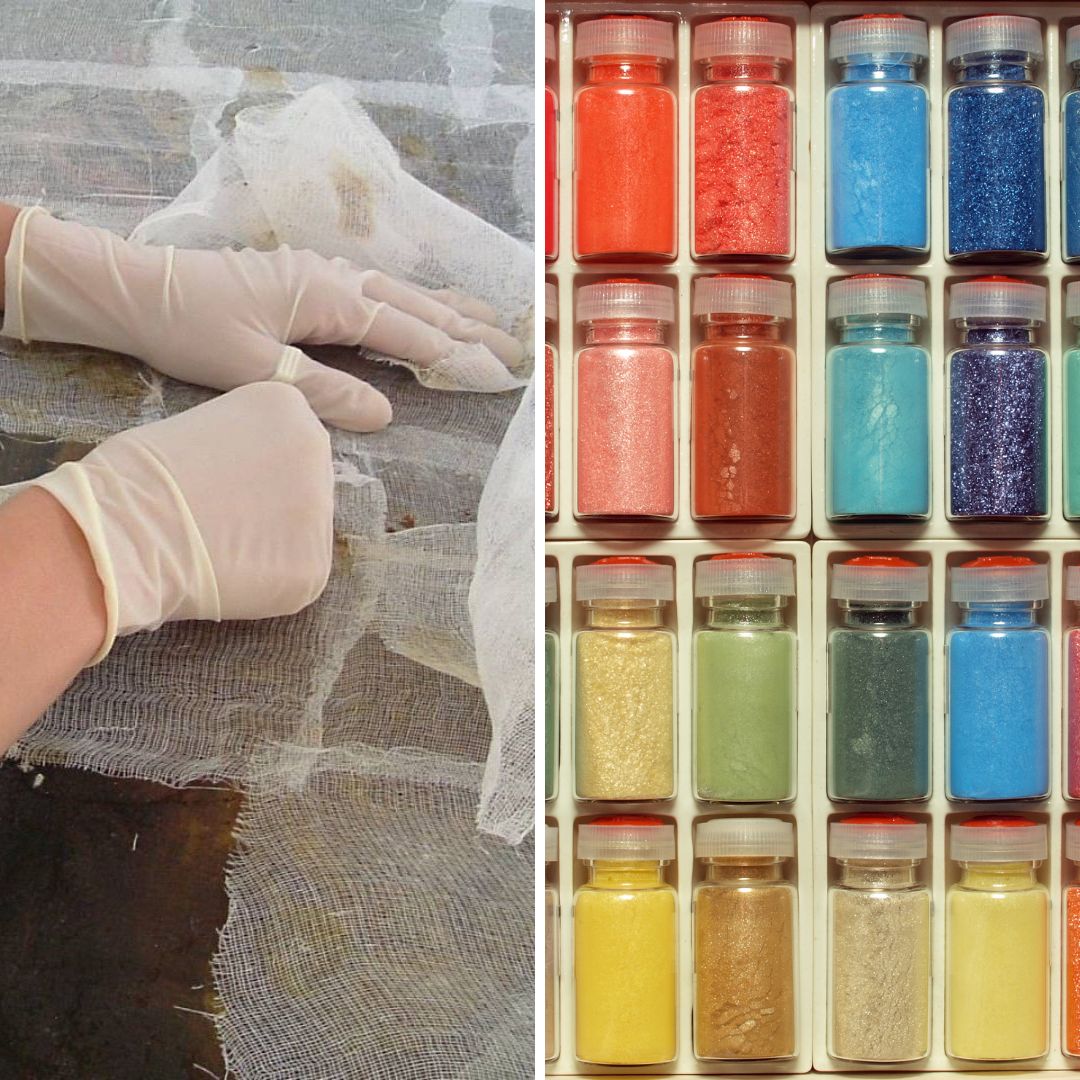The conservation and restoration of cultural heritage requires a deep understanding of the materials that make up works of art and the degradation processes to which they are subject.
In this context, chemistry in restoration plays a fundamental role enabling professionals to take informed and ethical decisions about the necessary interventions.
The Importance of Chemistry in Restoration and Conservation
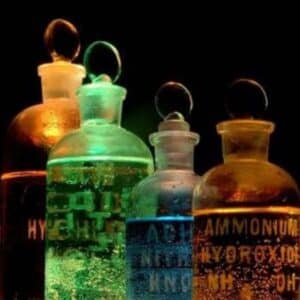
This article addresses the importance of the knowledge of chemistry in restoration and conservation of cultural heritage, highlighting how science contributes to understanding artistic materials, diagnosing degradation processes, and applying appropriate treatments.
By exploring the relationship between art and science, this text shows that chemistry is not only a technical tool, but also an essential ally in the ethical and sustainable preservation of cultural heritage.
Chemistry applied to conservation and restoration allows us to:
1. Understand Materials
Every work of art — whether a painting, sculpture, textile, or document — is made up of materials that interact with each other and with the environment.
Knowledge of chemistry in restoration helps conservators identify the composition of original materials and substances applied later, such as varnishes, glues or pigments.
Examples
Support materials
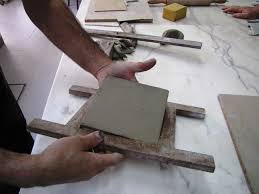
Knowledge of chemical composition is of great importance in the restoration and conservation of artworks’ supporting materials, such as:
- the pastes used in tiles and ceramic pieces,
- the type of wood used as a base for a sculpture,
- the type of rock used to create a piece of statuary,
- the chemical composition of painting canvases, paper or parchment used for writing or photography, etc.
Substances applied subsequently

Whether at the time of production of a work of art or later in the history of the object, countless materials and substances are added, such as:
- glues and mordants to support paintings and gilding,
- characteristics of the pigments that give rise to colours in a work of art,
- types of inks used in writing,
- fixing and protective materials such as glues and varnishes, etc.
Equally important is chemical analysis in the restoration of the piece in interventions subsequent to its creation.
2. Diagnosis and Analysis
Knowledge of chemistry in restoration of works of art is fundamental for the application of analysis and diagnostic methods, such as in the chemical analysis of pigments shown in the image above.
Chemical analysis techniques, such as spectroscopy, chromatography and electron microscopy, allow the layers to be studied and degraded compounds to be identified.
This data is essential for understanding the state of conservation and planning safe treatments.

stratigraphic painting sample collection
3. Selection of Suitable Materials

Chemistry also guides the selection of solvents, adhesives, and conservation and restoration products and methods that are compatible with the original materials of the work.
Insufficient knowledge can lead to unwanted reactions, stains, or irreversible deterioration.
4. Sustainability and Ethics
In recent years, green chemistry has inspired new approaches to restoration, promoting the use of less toxic and more sustainable materials, reducing risks to professionals and heritage.
In summary
More than a technical tool, chemistry is a language that allows us to understand the material history of works.
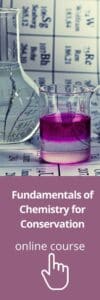
More than a technical tool, chemistry in restoration and conservation is a language that allows us to understand the material history of works. Integrating chemical thinking into conservation and restoration ensures that the past continues to dialogue with the future — with safety, respect and knowledge.
Furthermore, mastery of chemical principles is essential for training more aware and prepared professionals. By understanding the reactions that occur between materials, solvents and the environment, conservators-restorers can act more responsibly, preventing damage and promoting sustainable interventions.
Chemistry in restoration therefore, not only helps to conserve what we have inherited, but also inspires a new generation to protect cultural heritage based on science and artistic sensitivity.


